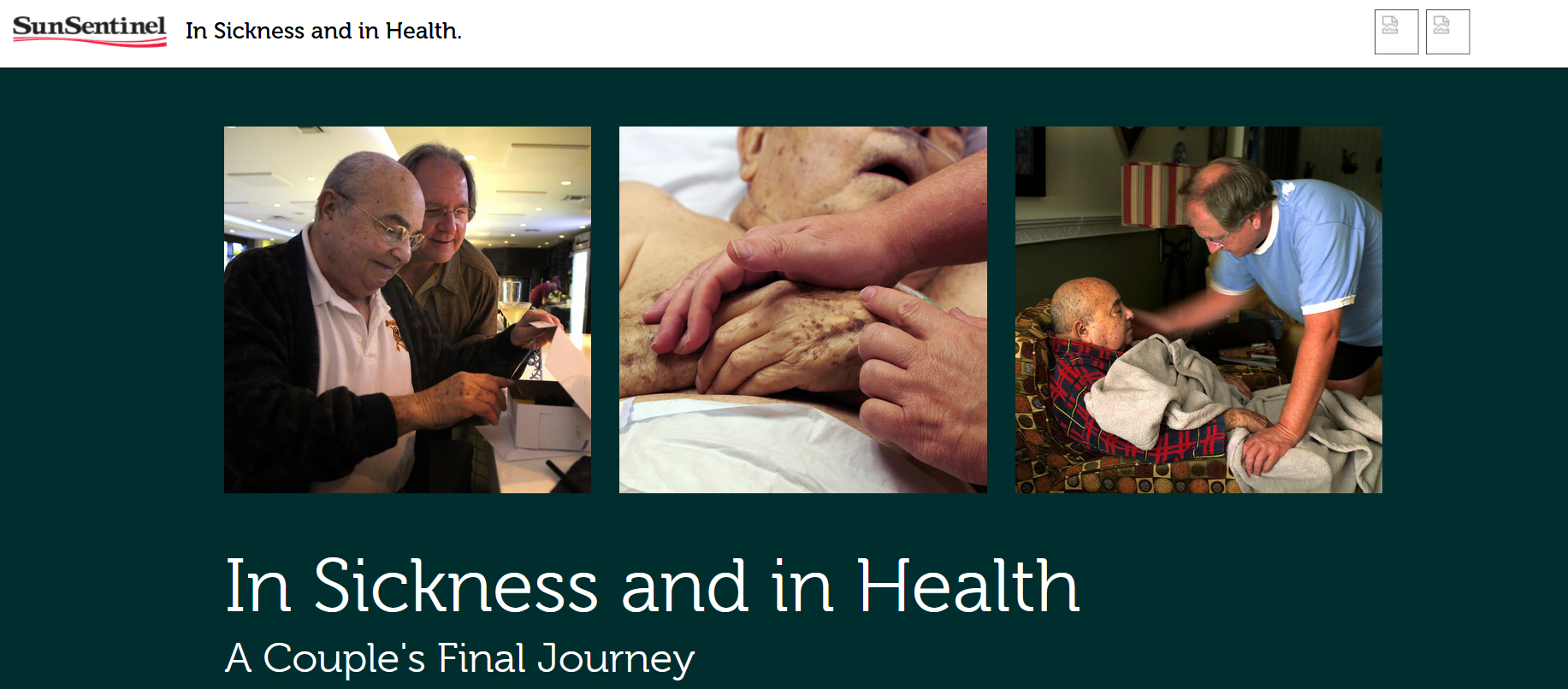The concept of self-care is not a new one. We hear it emphasized on the news, in magazines and from our favorite celebrities. With just over 18% of the American population suffering from anxiety, self-care is more important than ever. But, it’s easy to say “get a massage” or “go to Cancun” when in reality, your budget may not allow it. From this, I’ve learned a few tricks to still treat and take care of yourself, while staying on budget.
Tip 1: Take Glowing Bubble Baths
I’m a huge advocate for glowsticks. You may be wondering what this has to do with bubble baths, but it all started when I moved to a new city and didn’t know anyone. Through volunteering in the community, I met a few people and was invited out to a birthday party one night. I was nervous, though because I was going by myself and was scared I wouldn’t know what to talk about. I went to the dollar store to calm my nerves (my favorite place, but more on that later) and stumbled on an entire aisle full of glowsticks. I brought some with me that night, and they’ve been my go-to icebreaker ever since. You may be surprised to hear that grown adults get just as excited to see glowsticks as kids do.
When I started my new job in my new city, I was anxious to say the least. One day, I brought glowsticks to a co-worker with kids. He told me the next morning about how much fun his kids had with the glowsticks when they threw them into a bubble bath. That thought had never even occurred to me. I went back to the dollar store and stocked up on bubble bath, a 20 pack of glowsticks and 3 candles. It cost me about $5. When I got home, I filled up the tub, turned off the lights, lit my candles and relaxed in the neon glow of my bubble bath. I felt like a kid again!
Tip 2: Volunteer in Your Community
It’s an amazing thing to help someone else, especially someone you love, when they need the support. And they’re so lucky to have you! But, being a caregiver can be exhausting. You may think that the last thing you’d want to do is use the free time you have volunteering. Trust me, though, taking some time to volunteer for a cause that you really care about can be a nice break from your daily responsibilities. You can volunteer once a month, or even just once year!
It’s also a great way to make friends. As mentioned, I volunteer in my community every weekend at the farmers market for about 3 hours in the morning. I work the coffee cart, and have since made some of my best friends there. I love being able to meet and interact with people from all walks of life – and the free coffee I get to drink is definitely a plus! If you’re not sure where to look for opportunities, check out VolunteerMatch. You can set up a free profile and they’ll alert you when opportunities arise that you may be interested in.
Tip 3: Take Mini Road Trips
I had to buy my first car when I moved. I grew up in Chicago, so I never needed one. Actually, I think it’s completely impractical to own a car there. Parking is impossible and expensive, traffic is nuts and your car is constantly covered in salt from the 2 feet of snow in the winter. So when I bought one before I moved, I wasn’t sure I’d know how to take care of it. Since buying it, I have a whole new sense of freedom. The city I’m in now has limited public transit, so it’s necessary to have a car. But the even bigger bonus is that I get to take little road trips once in a while. When I drive back home to Chicago, I’ll stop in a little off-the-highway town and grab dinner at the local diner or stay in budget hotel for the night. The last one I stayed in was about $55 for the night. It was fun to stop for a minute and relax in a town I’d probably never go to again, and not break the bank in doing so.
Road trips are fun and can be completely on your schedule. Just remember, though, that if you or your loved one have Medicare to make sure you’re covered while traveling. Some plans have different service areas depending on where you are.
Tip 4: DIY Spa Days
Remember how I said I love the dollar store? That’s because you can find cheaper alternatives of luxury items like bubble bath, face masks, manicure sets and nail polish. I even found a $1 eye mask there – the ones you put in the freezer before using. The combination of these items can make for a spa day under $10. But don’t forget to grab some glowsticks!
Tip 5: Try Journaling
There are countless studies that have proven the benefits of journaling. Nevertheless, it took a lot of encouragement for me to try it. I just couldn’t understand how writing about my day in a book every night would make me feel better, but it works! You can find fun journals on Amazon or Etsy. And of course, at the dollar store. You can pick up some stickers and decorate it yourself. Or, this could be a craft to do with your loved one you’re caring for, your kids or your grand kids.
You deserve to take time for yourself. Hopefully these tips and tricks will help you treat yourself while sticking to your budget.
Author: Caroline Gillard is a public relations professional and freelance writer, focused on the health care and finance industries. Known to do stand-up on the side (and after the right amount of drinks), she aims to bring comedy to her writing while providing useful information for readers. carolinegillard10@gmail.com.















